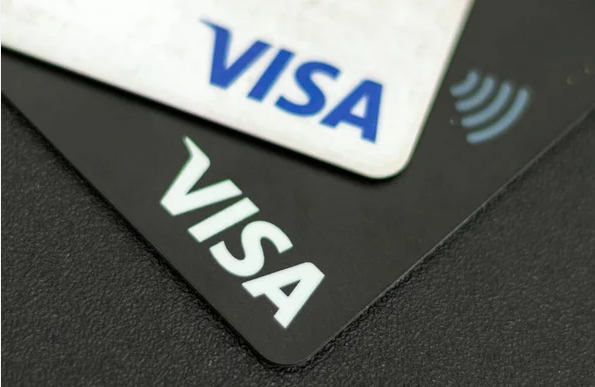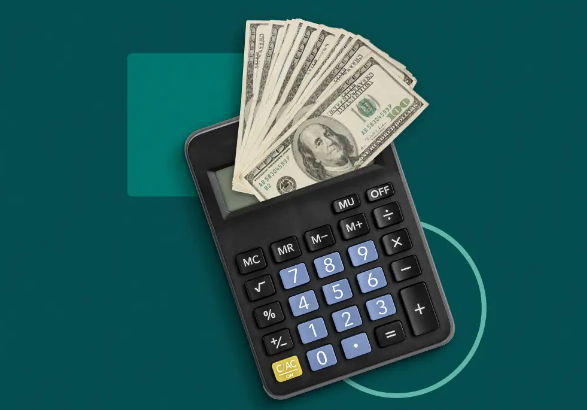How to Increase My Visa Credit Card Limit?
Increasing your Visa credit card limit can provide you with more financial flexibility, improve your credit score, and enhance your purchasing power. Whether you’re planning a big purchase, need to manage unexpected expenses, or simply want to improve your credit utilization ratio, knowing how to effectively request a credit limit increase is essential. In this guide, we’ll explore various strategies and tips to help you successfully increase your Visa credit card limit.
Understanding Credit Limits
What is a Credit Limit?
A credit limit is the maximum amount of credit that a financial institution extends to a borrower on a credit card. This limit is determined by the issuer based on various factors, including your creditworthiness, income, and payment history.
Why is Your Credit Limit Important?
Your credit limit is crucial for several reasons:
- Credit Utilization Ratio: This is the percentage of your total available credit that you are currently using. A lower ratio can positively impact your credit score.
- Financial Flexibility: A higher limit allows you to make larger purchases without maxing out your card.
- Emergency Funds: An increased limit can serve as a safety net during financial emergencies.
Factors Influencing Your Credit Limit

Before you request an increase, it’s important to understand the factors that credit card issuers consider:
1. Credit Score
Your credit score is a key determinant of your credit limit. A higher score generally leads to a higher limit. Ensure your score is in good standing before making a request.
2. Income
Lenders assess your income to determine your ability to repay borrowed amounts. A higher income can justify a higher credit limit.
3. Payment History
Consistently making on-time payments demonstrates reliability, which can positively influence your request.
4. Credit Utilization
If you’re using a large portion of your current limit, it may indicate financial distress. Aim to keep your utilization below 30%.
Steps to Increase Your Visa Credit Card Limit
Step 1: Assess Your Current Financial Situation
Before requesting a limit increase, evaluate your financial health. Consider your:
- Current credit score
- Income level
- Existing debt obligations
- Payment history
Step 2: Improve Your Credit Score
If your credit score is below 700, consider taking steps to improve it:
- Pay Your Bills on Time: Set reminders or automate payments.
- Reduce Existing Debt: Focus on paying down high-interest debts.
- Avoid New Hard Inquiries: Limit applications for new credit cards or loans.
Step 3: Gather Necessary Information
When you request an increase, be prepared to provide:
- Your current income
- Employment status
- Monthly housing payments
- Any other financial obligations
Step 4: Choose the Right Time to Request
Timing can significantly impact your chances of approval. Consider the following:
- After a Raise: If you’ve recently received a raise, it’s a good time to request an increase.
- Post-Payment History: Wait a few months after making on-time payments.
- Account Longevity: Consider requesting an increase after having the card for six months to a year.
Step 5: Make the Request
You can request a credit limit increase through various channels:
Online Request
Most credit card issuers allow you to request an increase through their website or mobile app. Log in to your account, navigate to the credit limit increase option, and follow the prompts.
Phone Call
If you prefer a personal touch, call your card issuer’s customer service. Be ready to explain why you’re requesting an increase and provide any necessary information.
Step 6: Follow Up
If your request is denied, don’t hesitate to ask for feedback. Understanding the reasons can help you improve your chances next time.
Tips for a Successful Credit Limit Increase

1. Keep Your Credit Utilization Low
Aim to use less than 30% of your current credit limit. This shows lenders that you can manage credit responsibly.
2. Maintain a Good Payment History
Your payment history is one of the most significant factors in your credit score. Consistent on-time payments can bolster your request.
3. Avoid Frequent Requests
Don’t request credit limit increases too often. Multiple requests can negatively impact your credit score and may signal financial instability.
4. Use Your Card Regularly
Regular usage of your credit card shows that you can handle credit responsibly. However, ensure you pay off the balance each month to avoid interest charges.
5. Update Your Income with the Issuer
If your income has increased, inform your card issuer. This can justify a higher credit limit.
What to Do if Your Request is Denied
If your request for a credit limit increase is denied, here are steps to take:
1. Review Your Credit Report
Check for errors or negative marks that could have influenced the decision. You can obtain a free credit report from each of the three major credit bureaus annually.
2. Address Any Issues
If your credit report reveals issues, take steps to rectify them. This could involve paying down debt or disputing inaccuracies.
3. Wait Before Reapplying
Give it some time before requesting an increase again. Use this period to improve your credit score and financial situation.
4. Consider Other Options
If increasing your Visa limit isn’t feasible, consider applying for a new credit card with a higher limit or exploring other financial products.
Increasing your Visa credit card limit can be a straightforward process if you understand the factors at play and take the right steps. By maintaining a good credit score, demonstrating responsible credit usage, and timing your request appropriately, you can enhance your chances of approval. Remember, a higher credit limit not only provides financial flexibility but also contributes positively to your credit profile.
By following the strategies outlined in this guide, you can confidently approach your credit card issuer and secure the limit increase you desire.






